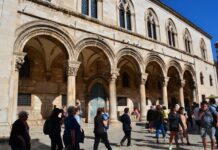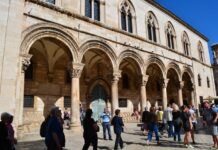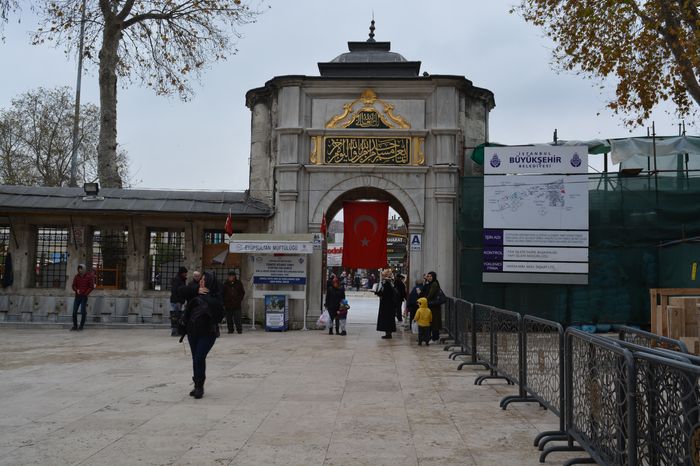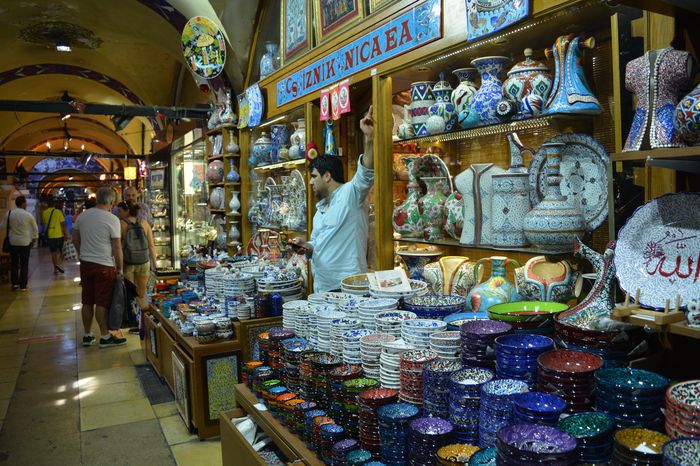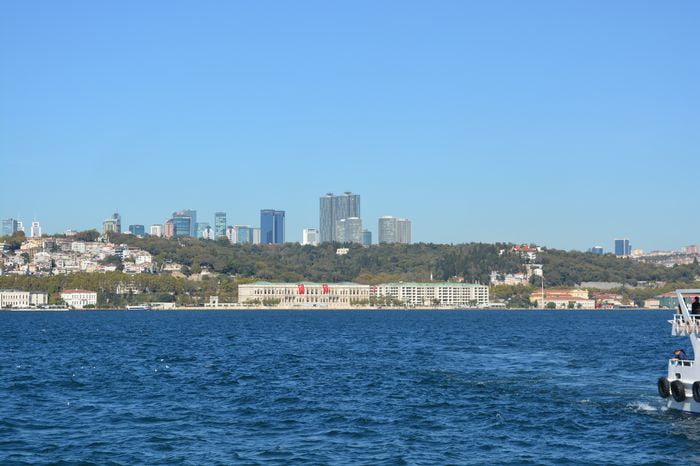The Golden Gate of Constantinople played an important role in the city’s military and political history. This gate was not only a symbol of imperial power but also a critical part of the city’s defense.
The Dismantling by John Palaiologos
When Emperor John Palaiologos regained control of the gate, he made a mistake. Fearing that the towers could be used against him in future political conflicts, he ordered them to be dismantled. His decision was driven by fear rather than strategy. However, he didn’t destroy the towers completely. When his rebellious son, Andronicus, besieged the city in 1376, John was still able to use the remaining structure like a fortress or “acropolis.”
Reconstruction During Bajazet’s Threat
Later, when the Ottoman Sultan Bajazet posed a threat to Constantinople, the Byzantines tried to restore and strengthen the towers. They rebuilt the towers using stones from local churches, including the Churches of All Saints, the Forty Martyrs, and St. Mokius. A new fortress was built, stretching to the sea, and was similar to the famous Castle of the Seven Towers (Yedikule), which would later be built by Sultan Mehmed the Conqueror in 1457 Sightseeing Sofia.
Ottoman Reaction and Imperial Humiliation
When Sultan Bajazet learned about the new fortifications, he was furious. He ordered Emperor John Palaiologos to destroy them immediately. To ensure obedience, he threatened to blind John’s son, Manuel, who was being held hostage in Brousa (Bursa). The stress and humiliation caused by this event worsened the emperor’s already serious illness and eventually led to his death.
Restoration After Bajazet’s Defeat
After the Ottoman defeat by Tamerlane at the Battle of Ankara in 1402, the Byzantines were able to restore the defenses at the Golden Gate. A Russian traveler who visited Constantinople between 1435 and 1453 mentioned seeing the Castle of Emperor “Kalo Jean” (meaning John the Good), confirming the gate’s restored condition during that period Ceremonial Uses of the Golden Gate.
Manuel II Enters Through the Golden Gate
In 1390, Manuel II Palaiologos entered Constantinople through the Golden Gate with a small army. He drove out his nephew, John, who had claimed the throne without right. This event showed the continuing symbolic power of the gate.
Defense During the Fall of Constantinople
During the final siege of Constantinople in 1453, the Golden Gate was defended by Manuel of Liguria and 200 soldiers. The Ottoman army placed cannons and other siege weapons directly in front of it to break through the walls.
The Yedikule Gate (Yedi Kule Kapısı)
Between the second and third towers north of the Golden Gate, there is another gate known today as Yedi Kule Kapısı. Some historians, like Dr. Paspates, believe it was built during the Ottoman period. However, Byzantine-style stonework still visible in the structure suggests that it was originally built during the Byzantine Empire. The gate probably served the public since the main Golden Gate was reserved for official and state use. This explains why the two gates are located so close to each other.

